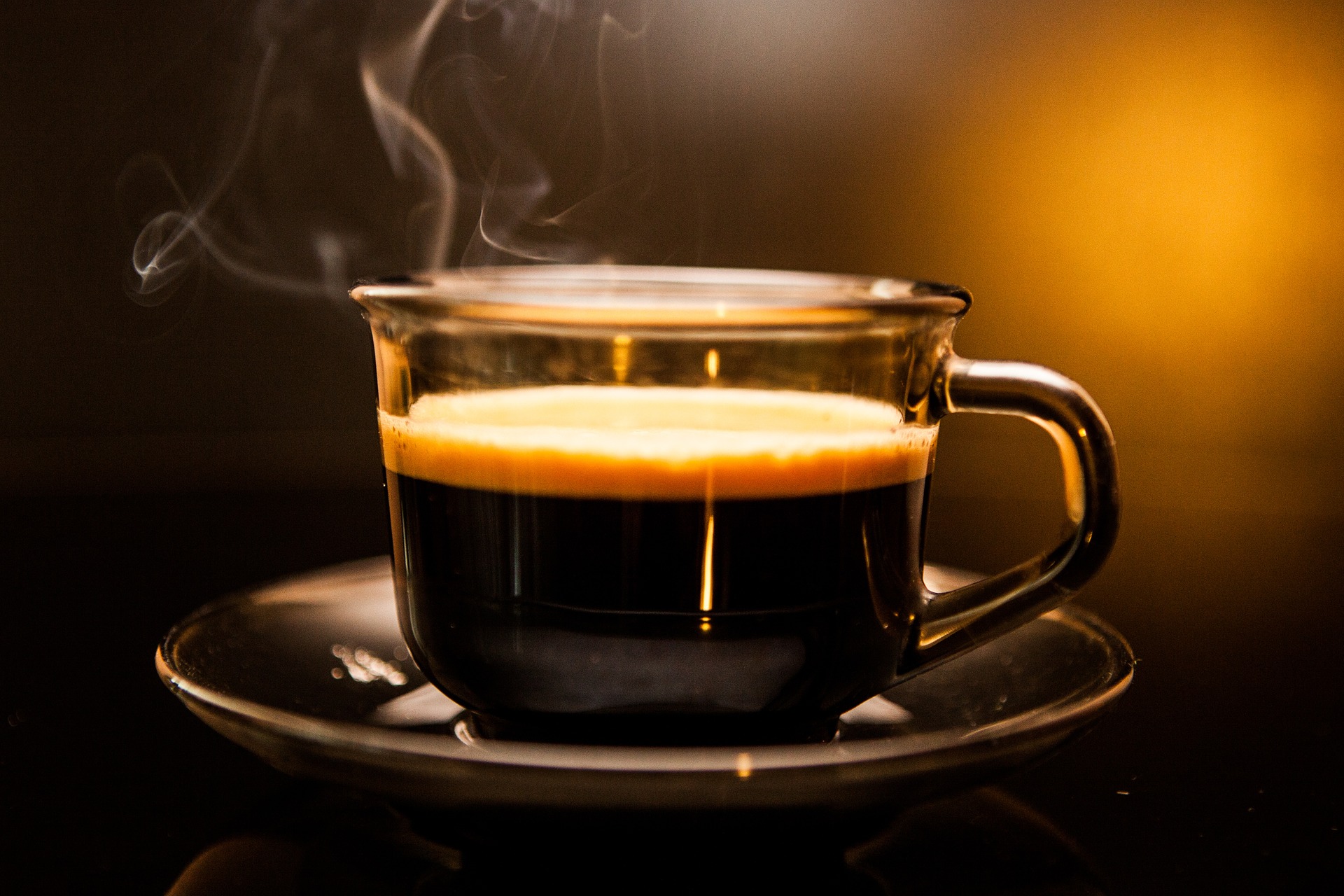A little history
The coffee as a subject is inexhaustible. There are many varieties consumed all over the world with similar passion. The strong Turkish coffee is hard to compare with the light American, which is drank in huge quantities by the Yankees.
The tradition of coffee drinking is originated from the Arabs. The first coffee shipments arrived in Europe in the 1600s.
At first, it was only men’s privilege to go to the café, then separate salons were opened for the ladies for this purpose.
Stendhal would have rather given up on love than on coffee, Agatha Christie mixed her coffee with coriander and cardamom.
Italy is definitely inevitable when we talk about espresso. Actually, espresso is the most popular drink in the country and the passion of coffee drinking is widely appreciated. Young people already start to drink coffee at the age of 10-12 and when they grow older they usually drink 4-5 espressos every day (this statement is even more true if we go souther). They do not hide the fact that this is their main dependency, which is fed by true passion: it is not uncommon that Italians bring their own coffee machine when they make a larger trip.
In Italy, the coffee actually plays a social role. There are 134 000 cafés in the country and everyone has their own favorite cafés, where they may find a warm atmosphere when they enter and have great conversations with friends. Italians consume 9 billion cups of coffee each year. Baristas are preparing the black drinks at the counters of the coffee shops, who are professional waiters specialized in coffee.
Preparation
There are many variations and tricks for the realization of the perfect espresso experience with a little investment (money, time, exercise) we may even make a really good espresso at home.
Obviously, every person has different tastes and this is the case with coffees too. However, the preparation of an espresso is a fairly well-defined process.
Approx. 25-35 ml aromatic, creamy, sweet coffee (even without sugar), reddish brown, with a velvety foam on top, which is called crema.
A true espresso contains the flavor and fragrance materials of the coffee concentrated. To extract these, the machine pushes the 90-96 ° C temperature water through the compressed, finely ground coffee at high pressure (9 bars).
A well-made espresso pours down from the machine in approx. 20-22 seconds, but others may see things differently, there are many practices. Hence the name which is derived from the Italian “espresso” (meaning quick, urgent).
If the espresso flows down in too short a time the hot water almost just rushes between the coffee beans and will not have enough time to extract the flavor and aroma substances. Thus the coffee will be thin, tasteless and messy.
But if the water contacts with the coffee beans longer than necessary it will also extract unwanted chemical substances and the coffee will be bitter-sour.
Crema
Crema is an indispensable part of a good espresso, basically, it is the hallmark of the black drink. Espresso is the basis of many other coffee beverages.
Crema is composed of bubbles of carbon dioxide gas and water vapor trapped in a very thin liquid film, the surfactant containing an oil emulsion containing aromatic compounds and cell fragments from the coffee beans.
The function of this film is twofold: first, it prevents the aromas from escaping with confining them in the gas and on the other hand it limits the heat exchange with the ambient air, preventing the drink from cooling too quickly.
A really good espresso’s crema does not let all the sprinkled sugar to descend, some of the sweetener remains on the top of the cup.
